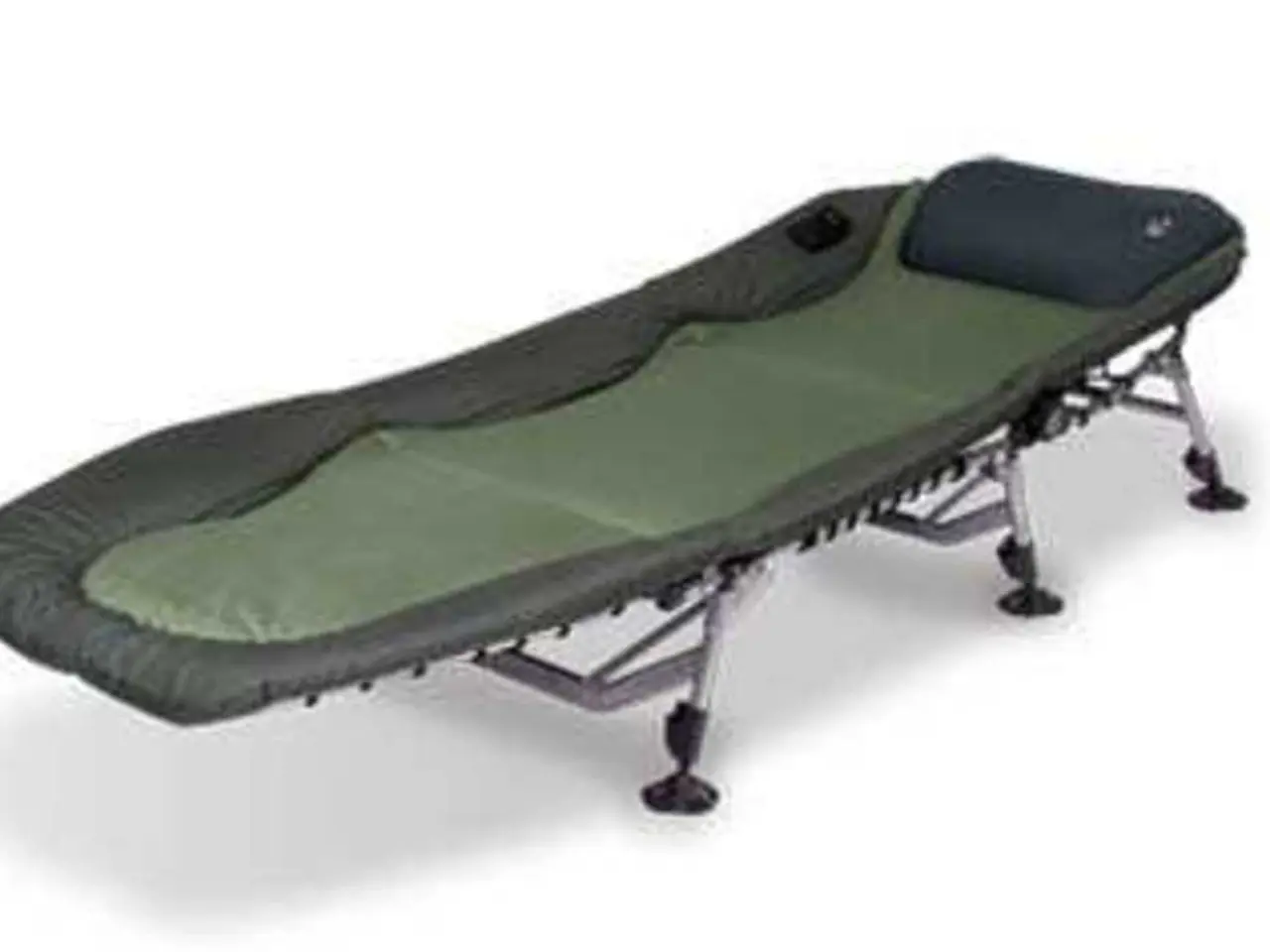Hill running enhancement method unveiled by a running specialist: regular stretching is highlighted as a crucial factor
Dr. Chloe Costigan, a renowned mobility expert, emphasises the importance of stretching the adductor muscles for runners, particularly those who frequently tackle uphill challenges. The adductor muscle, which runs from the pelvic bone along the inner thighs to the knees, plays a crucial role in stabilising and balancing the pelvis during running, especially when running uphill.
According to Dr. Costigan, a simple adductor stretch can bring numerous benefits to runners. It can improve stride efficiency, enhance hill-climbing power, and reduce the risk of injury. Stretching these muscles allows them to function properly, preventing injuries and promoting smoother, more efficient leg movement.
The side lunge stretch, in particular, targets the inner thigh, groin, and adductor muscles. By performing this stretch regularly, runners can prepare themselves for uphill challenges, improving their hill-climbing power and efficiency. To execute the side lunge stretch, stand with feet wider than shoulder-width apart and bend one knee, lowering to that side while hinging forward at the hips. It's important to maintain a high chest and flat back during the stretch, and to hinge from the hips, not just bend the knee.
Stretching the adductor muscles benefits running, especially uphill, by enhancing hip and pelvic stability, improving lower body flexibility, and reducing the risk of groin strains or injuries. This flexibility supports smoother, more efficient leg movement and better balance on uneven or inclined surfaces.
Moreover, strong and flexible adductors contribute to lateral stability and power in multidirectional movements, which are engaged more intensely when managing inclines. This reduces stress on other muscles and joints, lowering injury risk and enhancing running performance.
Dr. Costigan advises that since people don't usually stretch their adductor muscles, it is beneficial to start with less time and gradually increase. She suggests stretching for at least 30 seconds, with three rounds of 30 seconds being particularly helpful.
In summary, stretching adductors for running uphill: - Increases hip and pelvic mobility for efficient stride mechanics. - Enhances lower body stability and balance on slopes. - Lessens groin pain and risk of muscle strains. - Supports the explosive, multidirectional power needed for uphill running.
For best results, stretching should be combined with strengthening exercises to maintain muscle balance and optimise running biomechanics. Hill running is an effective way to become a better, faster runner, and incorporating adductor stretches into your routine can help you conquer those uphill challenges with ease.
Performing specific workouts that include adductor stretches can help runners improve their efficiency, hill-climbing power, and reduce injury risk during uphill challenges, as suggested by Dr. Chloe Costigan. Instead of solely focusing on running, incorporating science-backed health-and-wellness practices, such as fitness-and-exercise routines that target the adductor muscles, can bring long-term benefits to a runner's performance and overall sports career.




